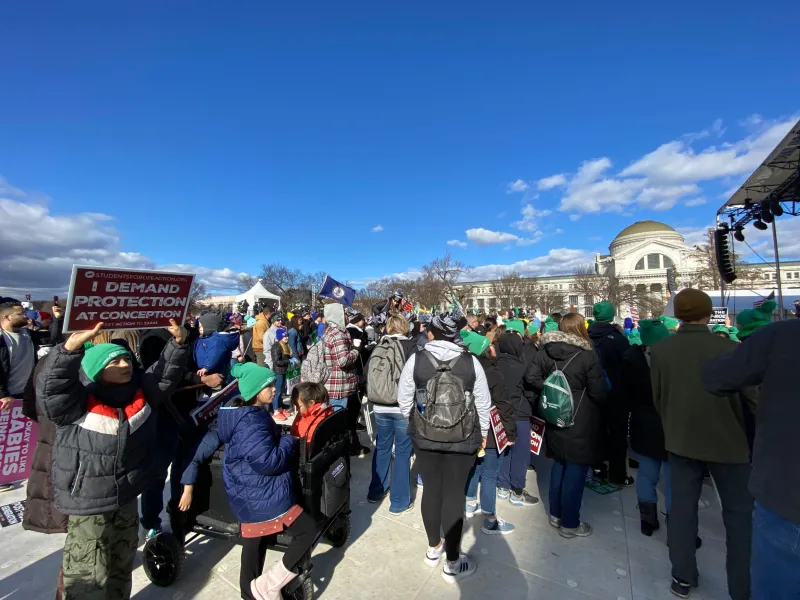
Washington, D.C. Newsroom, Aug 24, 2022 / 13:14 pm (CNA).
A team of archaeologists uncovered evidence this month that may be the “smoking gun” confirming the location of the house of St. Peter.
While excavating a fifth-sixth century Byzantine basilica at the el Araj archaeological site located on the shores of the Sea of Galilee in Israel, the team discovered a large Greek mosaic that seems to bolster the theory that the church was built over the home of Ss. Peter and Andrew.
Steven Notley, who leads the dig at what is being called “The Church of the Apostles,” is a professor of the New Testament and Christian Origins at Nyack University. He told CNA in a phone interview that the basilica’s mosaic is the “most definitive archaeological connection [we have] with [St.] Peter.”
The mosaic is inscribed with a petition that asks for the intercession of St. Peter, who is referred to as “the chief and commander of the heavenly apostles.”
Byzantine Christian writers commonly referred to the Apostle Peter by this title.
The inscription also mentions a donor named Constantine, “a servant of Christ,” and is framed in a round medallion with two strands of black tesserae, or glass mosaic pieces, that are part of a larger mosaic on the floor of the basilica’s sacristy.

New findings strong evidence in debate over Bethsaida
The mosaic is over 1,500 years old and according to Dr. Notley, is compelling evidence that the el Araj site is the lost city of Bethsaida, what he calls “the last lost city of the Gospels.”
“It’s what some people refer to as the ‘smoking gun,’” Notley said, pointing to the fact that the mosaic sits on top of archaeological remains from the Roman period as part of a church that is directly associated with the apostle.
“This strengthen[s] our argument that [it] should be considered the leading candidate for first century Bethsaida,” Notley added.
Notley explains that he believes the site has remained largely undetected due to flooding at the end of the Roman period in the third century.
After “digging through history” and finding several remains from both the Crusader and Byzantine periods, Notley’s team encountered 15-20 inches of pure silt left over when the Jordan River flooded the region at the end of the third century.
“And then, suddenly, we hit the Roman level,” Notley remembered, where the team found glass mosaic pieces gilded in gold.
Such ornate pieces would have only been present in a church.
Notley cross-referenced the church’s location with the account of an eight-century Bavarian bishop named Willibald. In 725, Willibald visited holy sites along the Sea of Galilee and described a basilica he stayed at overnight as being the house of St. Peter in Bethsaida, where the el-Araj site is now.
The location also corresponds with Josephus Flavius’ description of Bethsaida in 30.
Dig offers rich spiritual experience to volunteers
The dig is led by both Notley and archaeologist Mordechai Aviam of Kinneret College, who assemble a team of volunteers from around the world every season to work on the excavation. Volunteers include Christians, non-Christians, Jews, and Arabs.
Notley told CNA that those interested in joining future excavations should visit the dig’s website. The next excavation will take place in October. The team will complete the cleaning of the church, and hopes to uncover more inscriptions.
Father Eamon Kelly, a priest who serves as vice director of the nearby Magdala retreat center, is a close friend of Notley, who allows him to livestream daily devotionals at the site.
Kelly told CNA in an email that “[Notley] always invites me to speak with his students and pilgrimage groups at Magdala, and it has truly been exciting to livestream my daily Sunrise Stroll and Chat at the el Araj dig now for a number of years and watch the wonderful progress of this archeological dig.”
“Digging up the gospel stories and early Christianity/Jewish connections in Galilee these recent years at Magdala, and now in el Araj, enriches our knowledge and stimulates us on many levels,” he added.
Fr. Kelly’s Sunrise Stroll and Chat devotionals, which he films at the archaeological site, are available to follow along here.
If you value the news and views Catholic World Report provides, please consider donating to support our efforts. Your contribution will help us continue to make CWR available to all readers worldwide for free, without a subscription. Thank you for your generosity!
Click here for more information on donating to CWR. Click here to sign up for our newsletter.






Leave a Reply